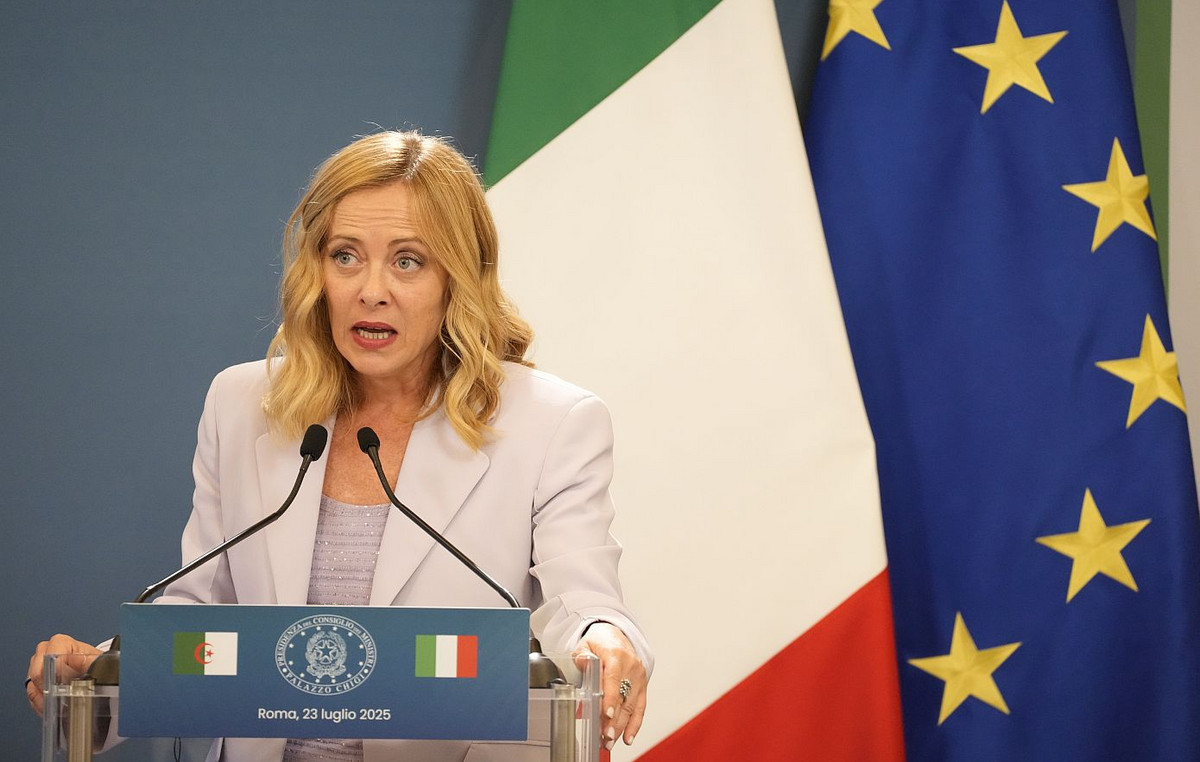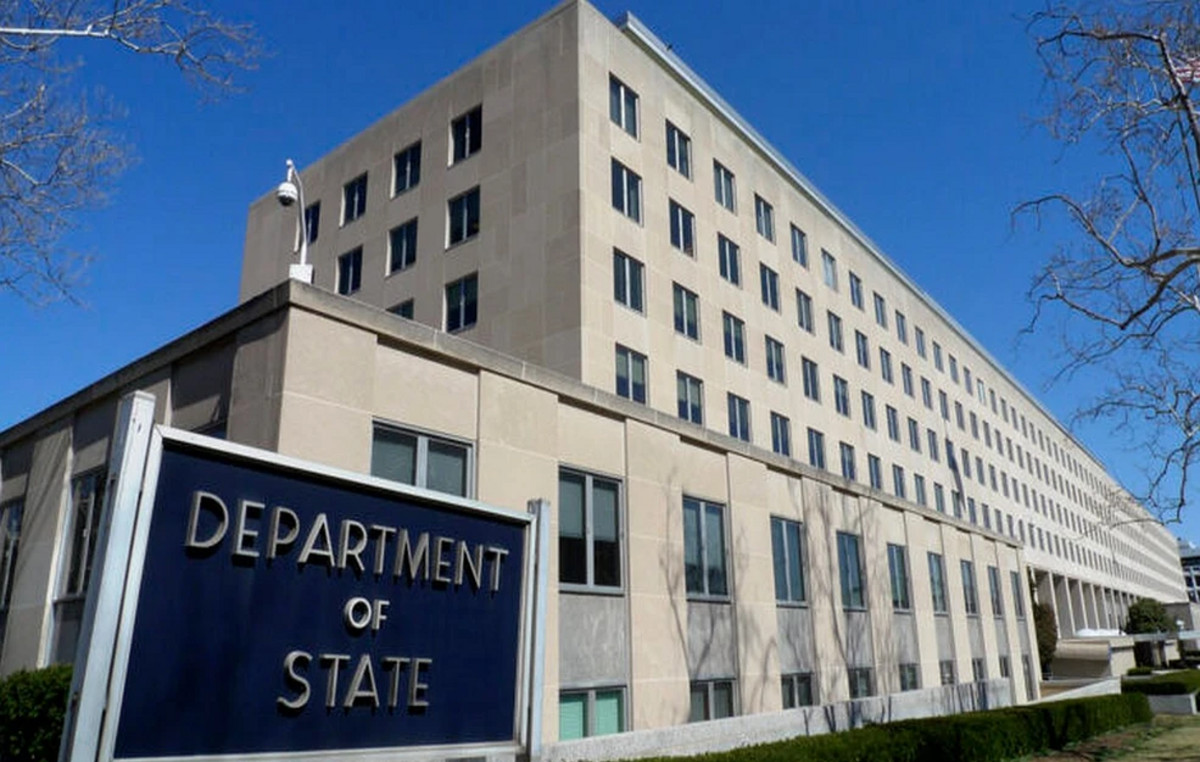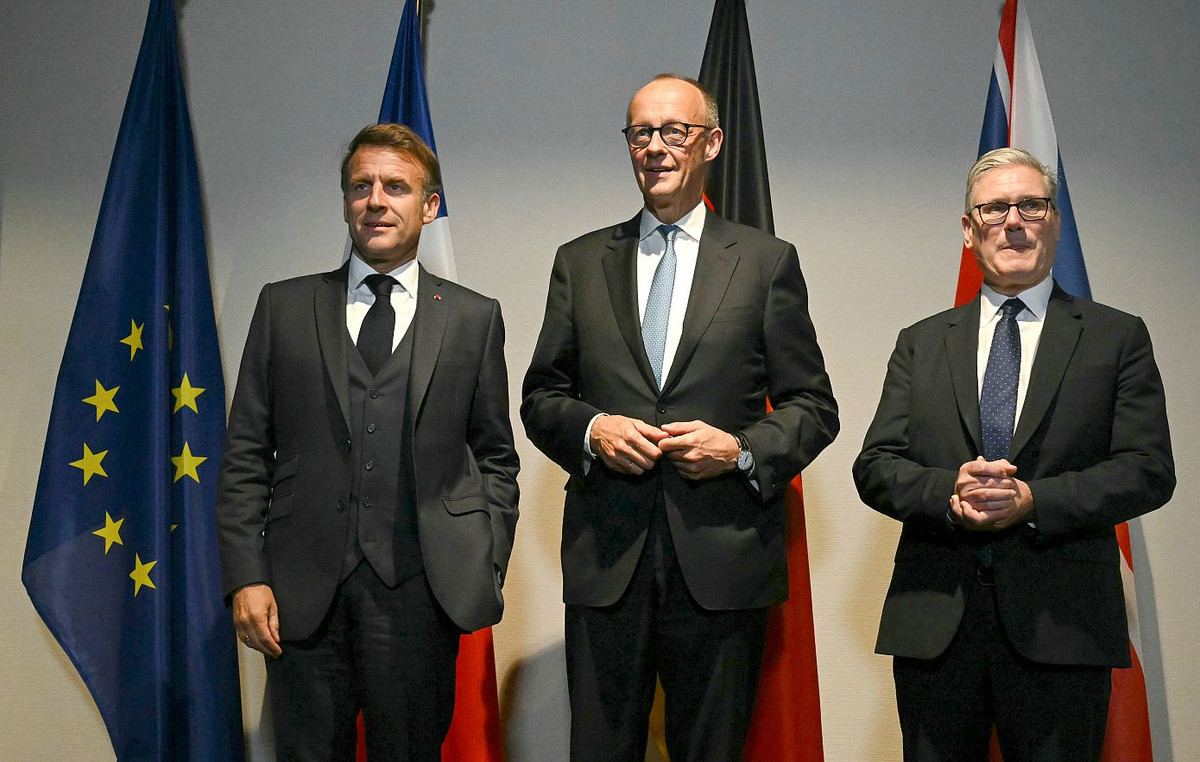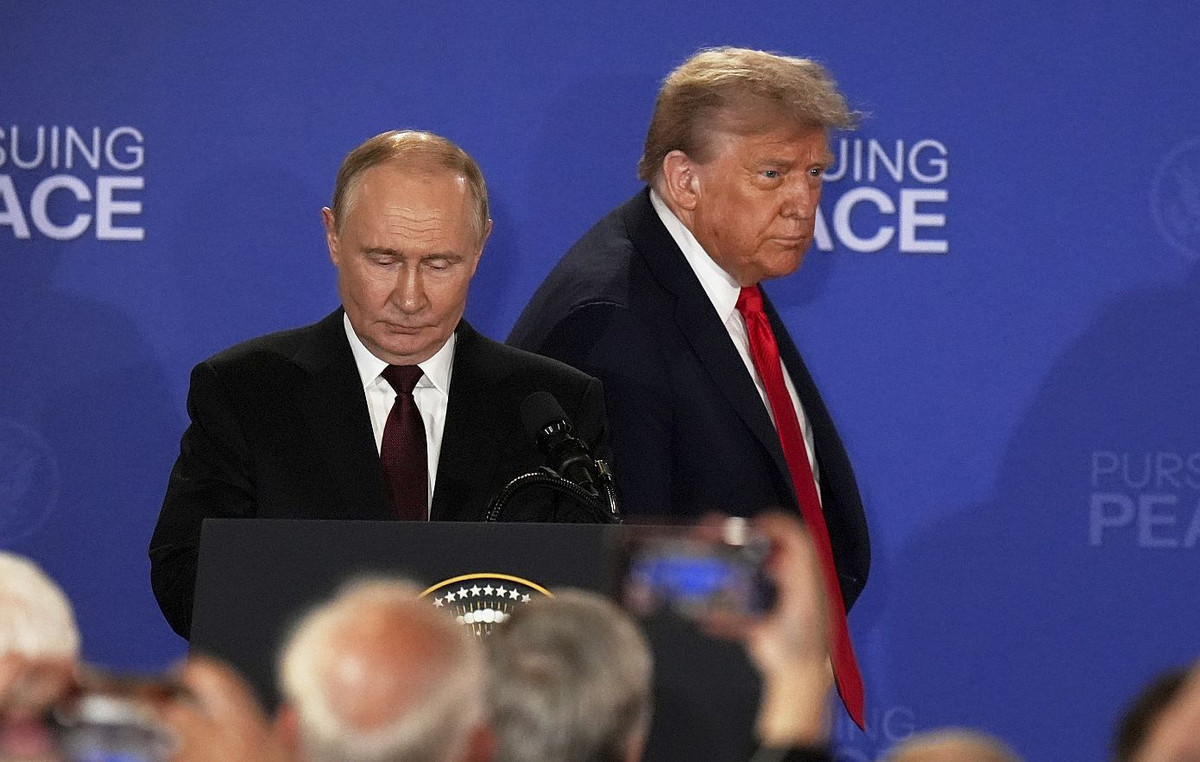Wall Street’s main indexes continued to be mixed in Monday’s trade, with investors looking cautious after July’s rally fueled expectations of a continuation, but many warned it was a temporary recovery from June’s lows. and pressures due to the risk of recession in the economy will return.
The Dow Jones Industrial Average closed July with a total gain of 6.7%, while the broader S&P 500 gained 9.1%. Those were the strongest performances for the two indexes since November 2020. The tech Nasdaq, meanwhile, soared 12.3% to record its strongest July in history and its biggest gain since April 2020.
The American market was boosted by strong corporate results, which in most cases exceeded analysts’ estimates, despite the strong shocks experienced by the economy from the inflation rally.
At the same time, investors appeared more optimistic that the Federal Reserve will take the foot off the gas on interest rate hikes, moving in the coming months to a milder tightening of its policy. The US central bank confirmed analysts’ estimates last week, raising interest rates by 75 basis points for the second straight session.
Indicators – Statistics
On the board, the Dow Jones added 53.45 points, or 0.16%, to 32,898.54, while the S&P 500 fell 1.39 points, or -0.03%, to 4,128.69. The tech Nasdaq gained 22.50 points, or 0.18%, to 12,415.31.
Of the 30 stocks that make up the Dow Jones industrial index, 12 move with a positive sign and 18 with a negative sign. The biggest increase is noted by Boeing with gains of $11.18 or 7.01% to $170.49, followed by Procter & Gamble at $143.19 with an increase of 3.08% and Home Depot with gains of 2% to $306.97
Biggest losers are Chevron (-2.35%), Travelers (-1.69%) and Dow (-1.52%)
However, the data announced on Friday showed that inflationary pressures remain particularly intense in the economy. The price index for personal consumption expenditures, the Fed’s preferred gauge of inflation, rose 1% in June from the previous month, beating analysts’ estimates of a 0.9% rise. The annual index rose 6.8%, the highest level since January 1982.
On Sunday, Federal Reserve Bank of Minneapolis Governor Neel Kashkari said the central bank remains committed to its 2 percent inflation target, while admitting that “we are a long way from achieving that goal.”
At the end of the day, two different exhibitions released today showed a further slowdown in US manufacturing activity in July, confirming that the inflation rally and ongoing disruptions to global supply chains continue to weigh on the sector.
Meanwhile, the barrage of corporate results continues this week. More than 170 S&P 500 companies reported their results last week, with another 150 to follow this week. Of the Dow Jones, only two companies report their quarterly statements this week, Caterpillar on Tuesday and Amgen on Thursday.
Source: Capital
I am Sophia william, author of World Stock Market. I have a degree in journalism from the University of Missouri and I have worked as a reporter for several news websites. I have a passion for writing and informing people about the latest news and events happening in the world. I strive to be accurate and unbiased in my reporting, and I hope to provide readers with valuable information that they can use to make informed decisions.







